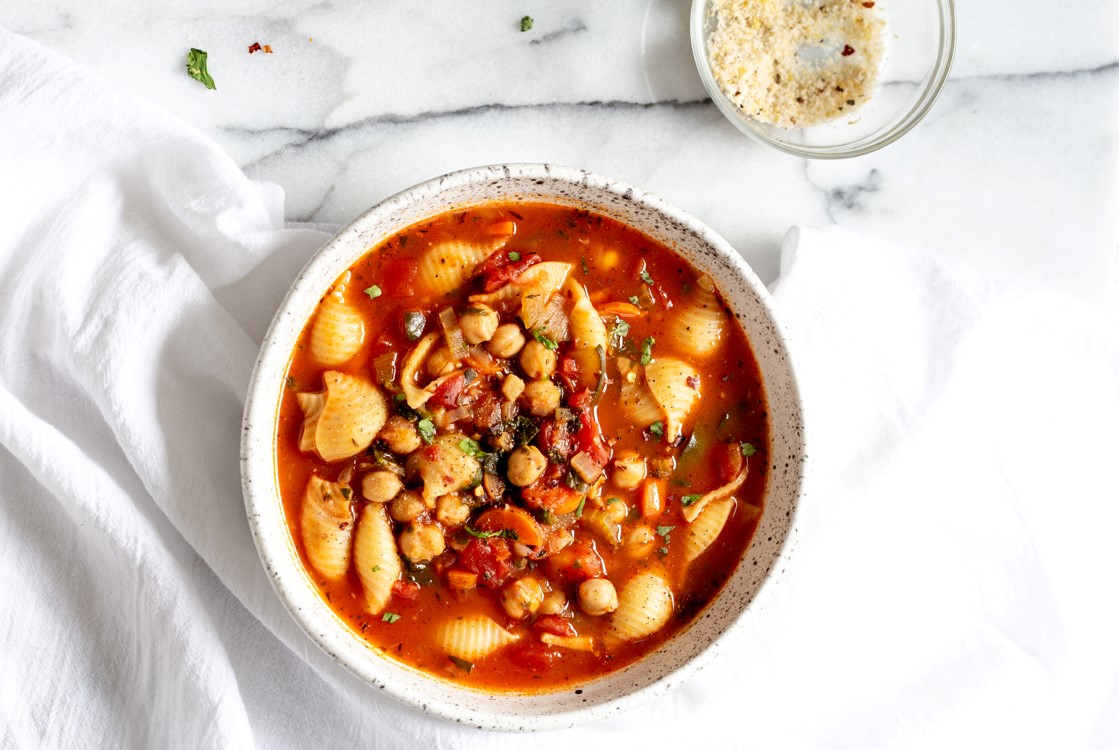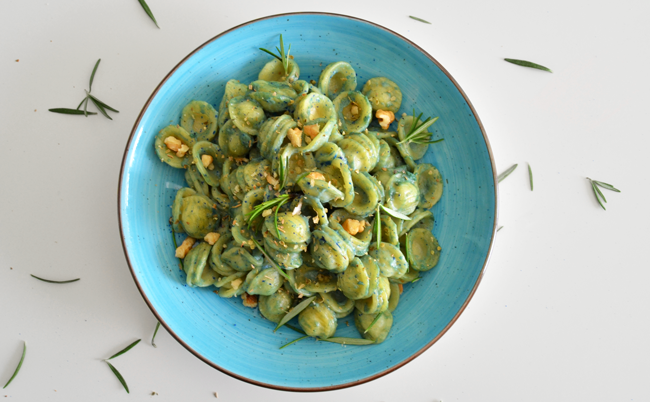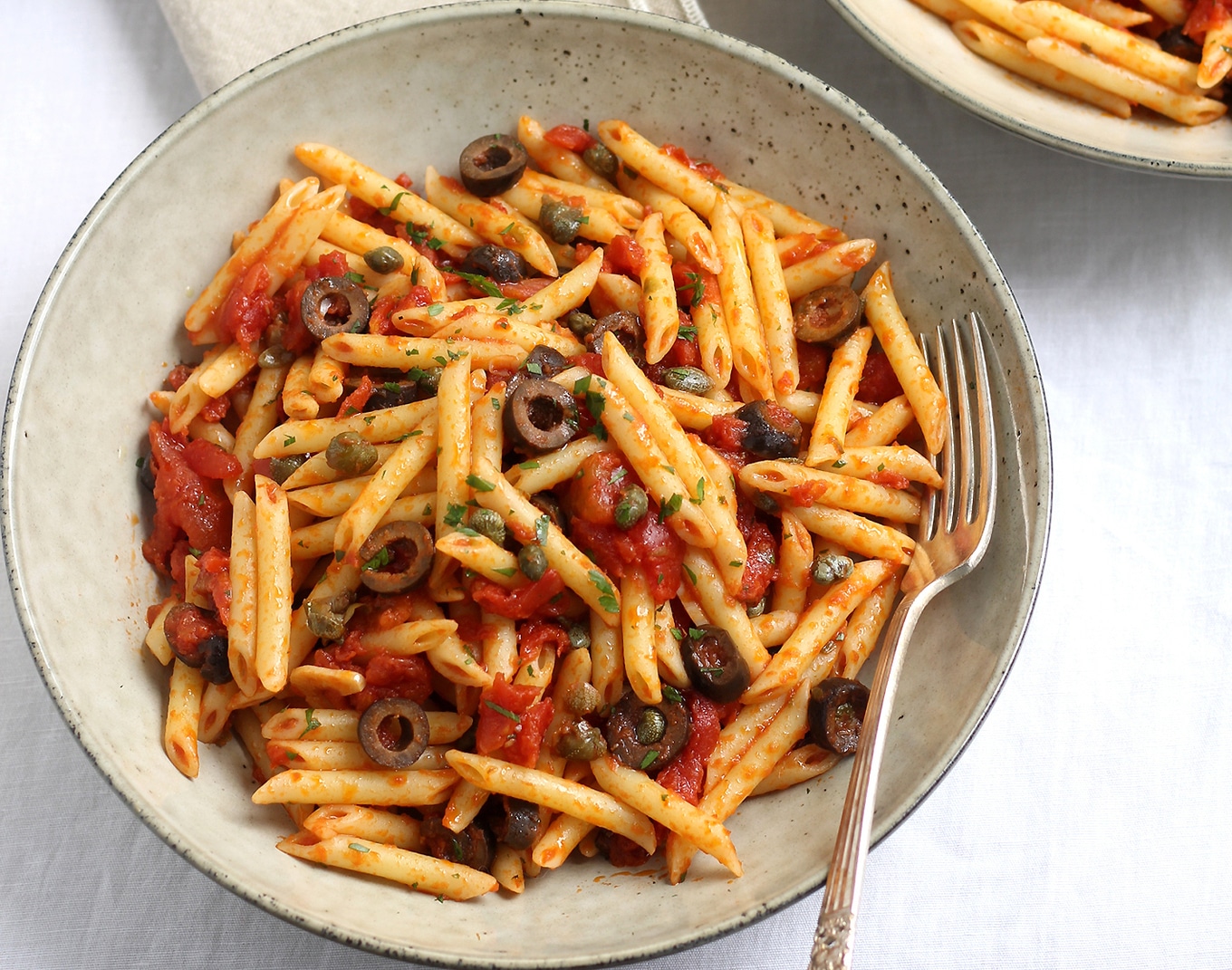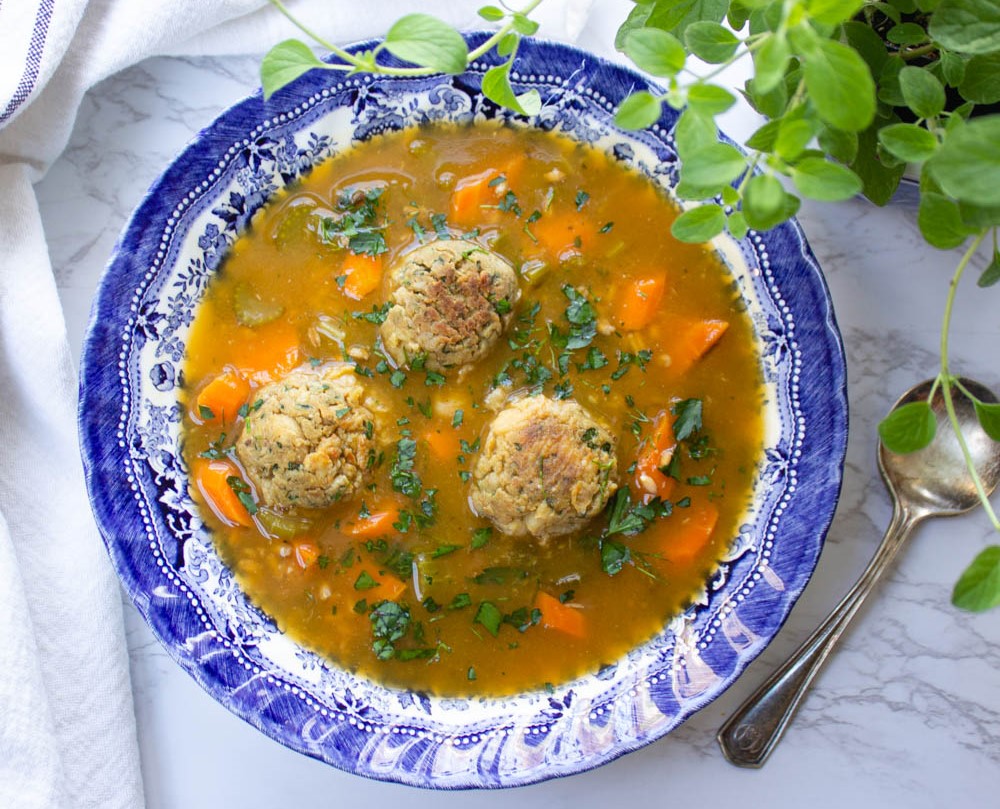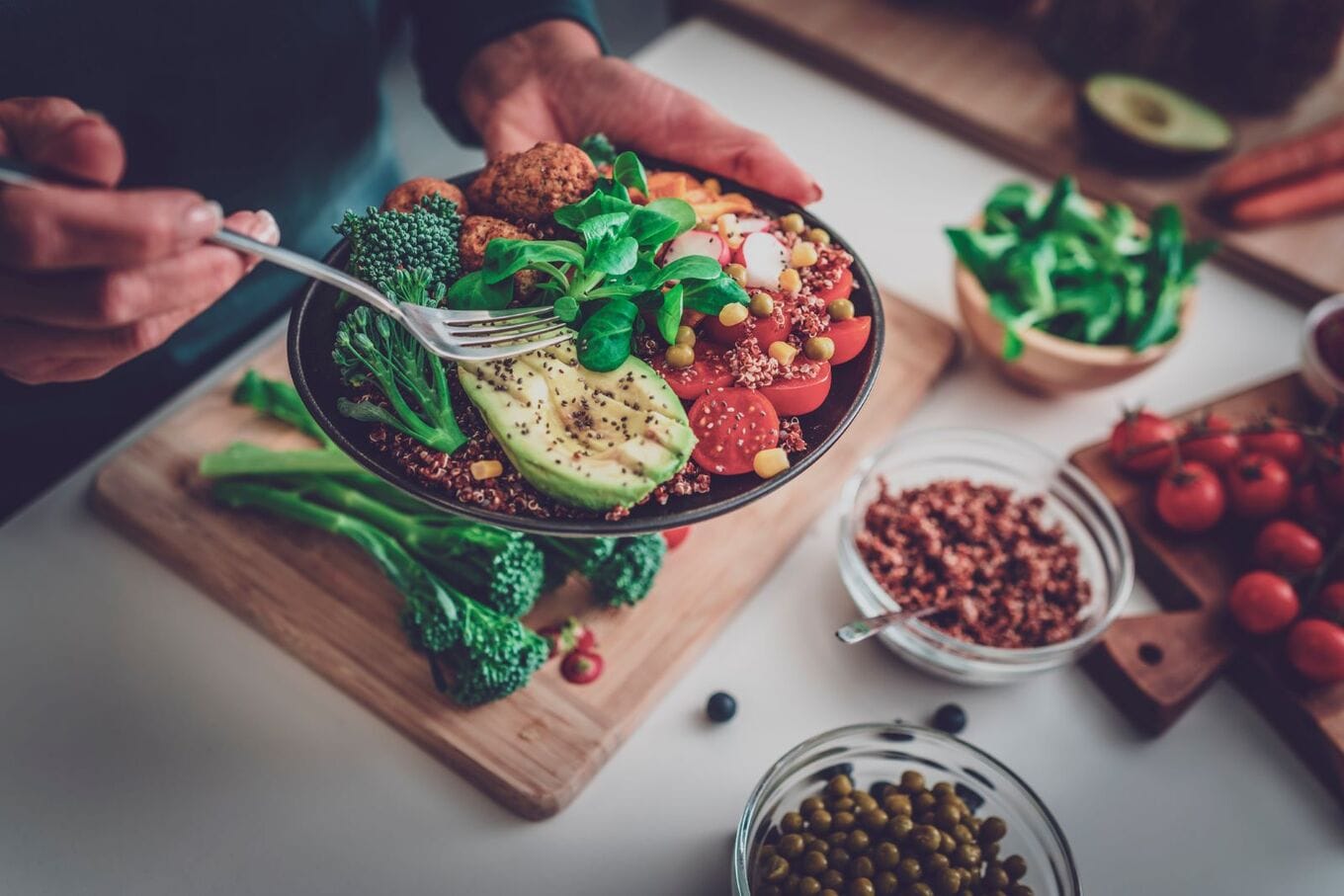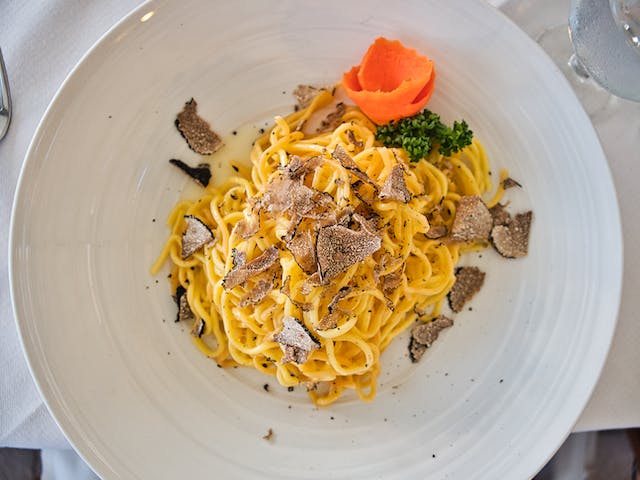Italy is having a plant-based moment. This summer, Italian confectioner Ferrero launched a vegan version of Nutella, the beloved hazelnut spread that has been in production since 1964.
Last month, Gruppo Tonazzo—which originated as a butcher shop in 1936—announced its plans to exit the animal meat business. At the end of this year, the company will transition its focus to its plant-based alternative brand, Kioene.
“This is a choice that we have carefully pondered in the family and shared with our collaborators, a decision with which we want to make our contribution to the protection of the planet and an increasingly conscious diet,” Gruppo Tonazzo Director Albino Tonazzo said in a statement.
Vegan Nutella and Tonazzo’s shift away from animal agriculture are notable moments in Italy’s long history of being a plant-based destination.
Table of Contents
Italy’s plant-based heritage
Italian cuisine is celebrated worldwide for its rich flavors, fresh ingredients, and comforting dishes. While many might associate Italian food with an abundance of cheeses, meats, and creamy sauces, the essence of Italian cooking is profoundly plant-based.
Much of Italy’s traditional cuisine is rooted in cucina povera—the food of the poor. This simple yet flavorful approach to cooking emerged out of necessity, especially in southern regions where meat, dairy, and eggs were considered luxuries and were often left out of daily meals.
Peter Fazekas/Pexels
Instead, Italians relied on what was available: fresh vegetables, grains, legumes, and olive oil. These ingredients became the backbone of dishes that are still staples in Italian households today.
The reliance on plant-based ingredients also reflects the Mediterranean climate and fertile soil that define Italy’s agriculture. Olive oil, rather than butter or lard, is the primary fat used in cooking, and fresh herbs such as basil, rosemary, and oregano add robust flavor to meals.
These elements are key components of dishes found throughout the country, many of which are entirely vegan by default. Plus, while gelato is popular across Italy, so is sorbetto—its refreshing, dairy-free cousin.
Italy’s plant-based dishes, by region
Italy’s diversity plays a significant role in shaping its traditional plant-based dishes, with each region bringing its own culinary identity to the table.
Sicilian cuisine is famous for its bold flavors, drawing influences from its Arabic past and reliance on locally grown produce such as eggplants, tomatoes, and olives. Traditionally vegan dishes include Caponata (a sweet and sour eggplant dish made with tomatoes, capers, olives, and vinegar); Pasta alla Norma (named after the opera by Vincenzo Bellini); and Pane e Panelle (chickpea fritters served in bread).

In Puglia, simple, vegetable-forward dishes often feature legumes and grains as staple ingredients. Here, traditional dishes include Orecchiette con Cime di Rapa (an egg-free pasta with broccoli rabe, garlic, and chili); Focaccia Barese (Puglia’s version of the fluffy, plant-based bread topped with tomatoes, olives, and olive oil); and Ciceri e Tria (a hearty dish of pasta and chickpeas, with part of the pasta fried for a unique crunchy texture).
Campania is home to Naples and the Amalfi Coast, and many dishes here are naturally vegan, relying on local produce for flavor. This is the birthplace of Pizza Marinara, one of the original pizza recipes topped with just tomato sauce, garlic, oregano, and olive oil. Classic pasta dish, Spaghetti al Pomodoro—made with just tomatoes, garlic, basil, and olive oil—is a regional dish that exemplifies the use of simple, high-quality ingredients in Italian cooking.
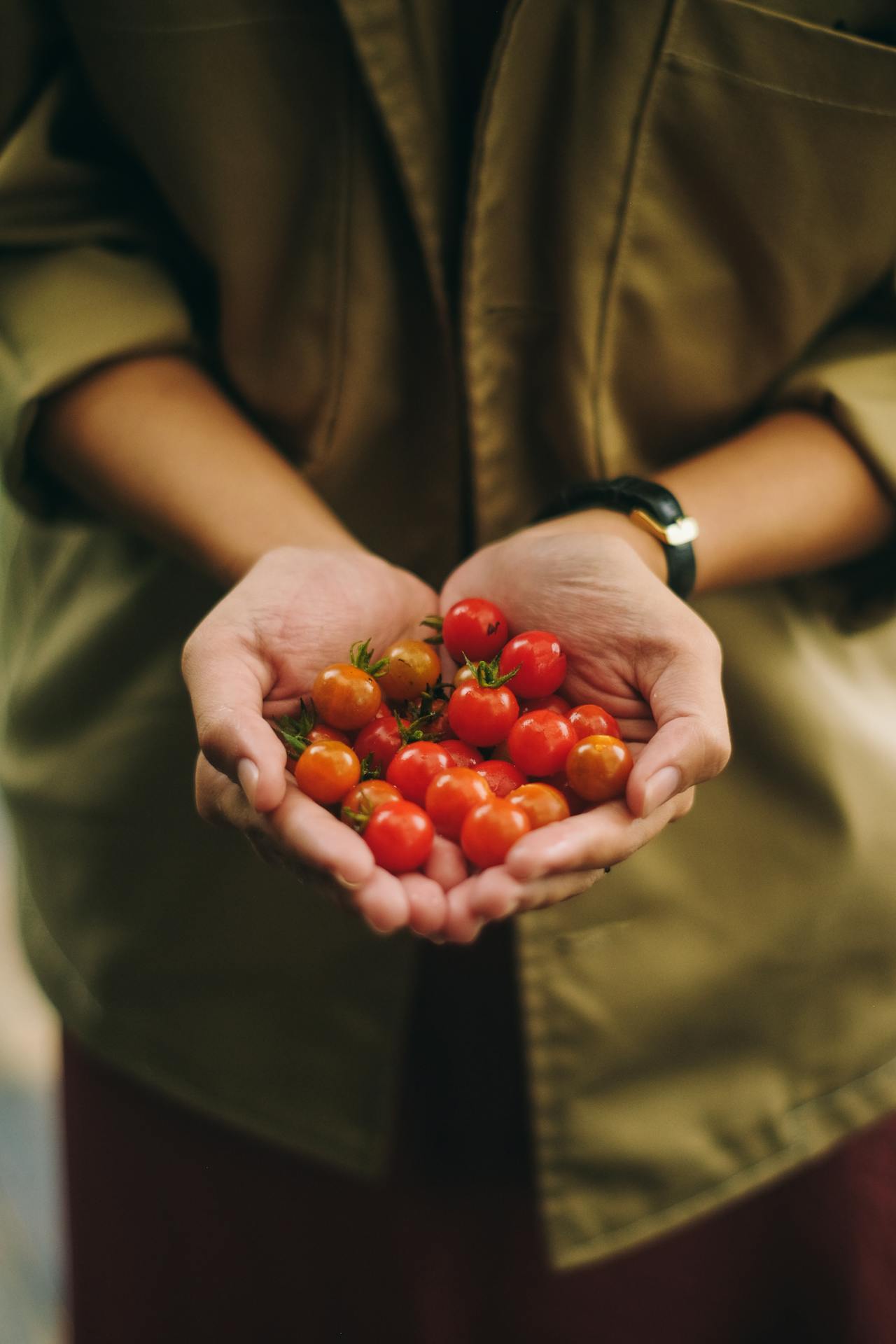
Basilicata’s cuisine is rustic and simple, with classics such as Fave e Cicoria (fava bean purée served with sautéed chicory); Ciambotta (vegetable stew made from zucchini, potatoes, peppers, and tomatoes); and Strascinati con Mollica e Peperoni Cruschi (pasta with breadcrumbs and dried peppers).
The Lazio region, where Rome is located, is home to Carciofi alla Romana (Roman-style artichokes braised in olive oil, garlic, and mint); Pasta e Ceci (A simple yet hearty pasta and chickpea dish, cooked in a garlic and tomato broth); and al Pomodoro (toasted bread topped with fresh tomatoes, garlic, and olive oil).
 Pexels
Pexels
Sardinia is known for its longevity, with the island being one of the world’s five Blue Zones. Top plant-based dishes include Minestrone alla Sarda (hearty vegetable soup made with beans, potatoes, and seasonal vegetables) and Pane Carasau (a thin, crisp flatbread traditionally eaten with olive oil and tomatoes).
Tuscany’s rustic cuisine is based on simple, high-quality ingredients. Common plant-based dishes are Ribollita (a hearty vegetable soup made with cannellini beans, kale, and leftover bread); Pappa al Pomodoro (thick tomato and bread soup, flavored with garlic and olive oil); and Farinata (a chickpea pancake that is a staple in both Tuscany and Liguria, made from chickpea flour, water, and olive oil).
Plant-based Italian recipes
While some of these recipes are traditionally plant-based, others are modern interpretations of classic Italian dishes. Together, they prove that Italian has always been a destination for plant-based cuisine.
1Easy Vegan Instant Pot Minestrone Soup
This recipe is true to the classic and easily adaptable with the beans, vegetables, and herbs that are seasonal to your region.
Get the recipe
2Pillowy Vegan Gnocchi With Roasted Eggplant and Tomato
Made with just six ingredients, this classic dish comes together quickly for a weeknight family meal.
Get the recipe
3Six-Ingredient Vegan Eggplant Meatballs in Homemade Marinara
Here, eggplant takes the place of meat as a whole food base for meatballs, served with traditional marinara.
Get the recipe
4Vegan Herbed Mermaid Orecchiette
A creative take on a classic, the orecchiette (or “little ears”) gets its mermaid hue from a dash of spirulina.
Get the recipe
5Lemony Drunken Vegan Chickpea Spaghetti
A recipe that incorporates Italy’s favorite beverage, wine, into its national dish: pasta.
Get the recipe
6Vegan Scampi in Lemon Garlic White Wine Sauce
The scallops here are made from hearts of palm which retain a briny flavor in this tangy pasta dish.
Get the recipe
7Vegan Penne Puttanesca With Salty Olives and Capers
The classic flavor combination of puttanesca sauce gets a plant-based twist with nori—a stand-in for anchovies.
Get the recipe
8Creamy Vegan Spinach Ravioli With Cashew Cheese Filling
Delicate ravioli stuffed with creamy cashew-based cheese and dressed in verdant spinach sauce.
Get the recipe
9Hearty Vegan Mushroom Bolognese With Fettuccine
Traditional bolognese calls for beef and pork but this version uses meaty crimini mushrooms for an added hit of umami.
Get the recipe
10Vegan Italian Meatball Wedding Soup
Cannellini beans are an Italian staple that is reimagined into meatballs for this traditional, family-friendly soup.
Get the recipe
11Silky Vegan Tiramisu
The iconic Italian creamy dessert gets a dairy-free makeover with the help of coconut cream and almond milk
Get the recipe

